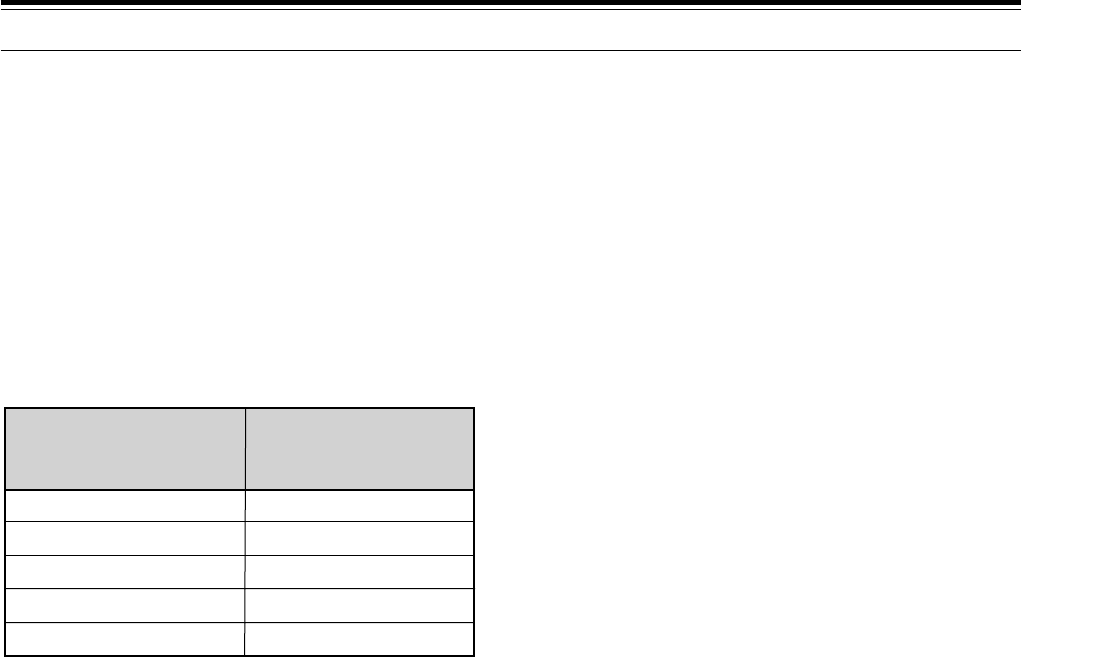
28
7 SPECIALIZED COMMUNICATING
SLOW SCAN TV/ FACSIMILE
SSTV is now increasing in popularity as a result of the
capability of computers. Using this technique, you can
transmit and receive still monochrome or full-color
images. Instead of trying to describe your station, just
showing it is much faster. To do this, you require a scan
converter to translate your video images into audio
signals that can be fed into your transceiver. Or, to
begin more simply, you can use only your computer with
readily available software to perform this task. A TV set
and a video camera that you may already own will also
be useful tools.
SSTV FREQUENCIES
The high resolution that is possible using facsimile (fax)
can allow you to exchange more detailed graphics than
SSTV allows. Due to the longer transmission times
required for fax, it’s best to use this mode when band
conditions are stable with strong signals.
Popular fax frequencies include the following:
• 7245, 14245, 21345 (Intern. Net), 28945 kHz
Operation on SSTV or fax mainly involves learning the
functionality of your computer application or accessory
hardware that supports these modes. Consult the
documentation that comes with your software or
accessory equipment.
Note:
When operating either SSTV or fax, use a fast AGC setting
and switch OFF your Speech Processor for best results.
IARU Region 1
(Europe/Africa)
Frequency (kHz)
U.S.A./Canada
Frequency (kHz)
3730~3740
7035~7045
14225~14235
21335~21345
28675~28685
3845
7171
14230
21340
28680
SATELLITE OPERATION
Though not as common as VHF/UHF satellite operation,
HF satellite operation is possible depending on which
satellites are currently in orbit around the Earth. When
HF propagation is poor, satellite operation can provide
an incentive to get back on the air. Since this
communications mode is so reliable, you may discover
you actually prefer satellite operation over the hunt-and-
miss method of communicating via the ionosphere.
An example of a Mode K satellite that uses uplink and
downlink HF frequencies is the Radio Sputnik 12
(RS-12). Launched in the early 1990s, this satellite is in
a low Earth orbit and provides brief windows of
opportunity for use as it passes quickly over your
location. The satellite accepts SSB or CW signals on
the 15 meter band and outputs them on 10 meters.
This transceiver can also be used with Mode A
satellites, if you have an SSB/CW VHF transceiver.
Mode A satellites use a VHF uplink and an HF downlink.
If you’re interested in pursuing satellite operation,
contact AMSAT (Radio Amateur Satellite Corporation)
directly or via their internet Home page. This group of
satellite operators, located all over the world, support
the construction and operation of satellites. AMSAT can
provide you with the latest information regarding Mode
K and Mode A satellites that are currently in orbit.


















